Understanding the testicular prosthesis pros and cons is essential in making an informed decision. Throughout this article, we provide a balanced view, discussing the advantages such as aesthetic enhancement and psychological uplift, customization options, and potential drawbacks like surgical risks and the absence of hormonal functionality. While implants can offer a sense of normalcy after testicular loss, it’s important to weigh these factors alongside financial considerations. Here’s what you need to know to evaluate whether a testicular prosthesis is right for you.
Key Takeaways
- Testicular prostheses offer aesthetic enhancement, psychological benefits and individual customization, but do not restore testicular function and come with surgical risks.
- The cost of a testicular prosthesis ranges from $2000-$3000 and may not always be covered by health insurance, making financial planning a key consideration for patients.
- The implantation process involves detailed preoperative preparations, a specific surgical protocol to minimize complications, and thorough postoperative care to ensure recovery and long-term satisfaction.
Weighing the Benefits: Advantages of Testicular Prosthesis
Testicular prostheses represent a host of benefits, offering a ray of hope for testicular cancer patients, including testicular cancer survivors, grappling with the loss of one or both testicles due to injury or congenital conditions. These benefits range from aesthetic enhancement to psychological uplift and customization to fit individual needs. A modern testicular prosthesis can provide an even more natural look and feel, further improving the patient’s quality of life.
Aesthetic Enhancement and Symmetry
One of the key advantages of testicular prostheses is the restoration of a natural appearance and symmetry to the scrotum, closely resembling a normal testicle. Prosthetic testicles are crafted from materials like vitallium, Lucite, silastic, and solid silicone rubber, all chosen for their ability to mimic the look and feel of a real testicle. The prostheses come in various sizes, and their selection can be guided by a sizing tool to achieve a natural and balanced appearance.
Psychological Uplift for Patients
Beyond the physical, testicular prostheses can play a significant role in mitigating the psychological impact of testicular loss. Research has shown that these implants can enhance body image, self-esteem, and yield favorable psychological outcomes, promoting overall psychological wellness and patient satisfaction.
In fact, studies have demonstrated that individuals who have undergone testicular prosthesis surgery with an FDA approved testicular implant have expressed high levels of satisfaction and positive perspectives towards the procedure.
Customization to Fit Individual Needs
Testicular prostheses come with an added advantage of customization. They offer:
- Choice of materials
- Selection of implants in multiple sizes to closely match the size of the removed testicle
- Tailoring to meet individual needs
- Soft, realistic touch for a more authentic experience
Such personalization significantly contributes to improved patient satisfaction and comfort.
Recognizing the Drawbacks: Disadvantages of Testicular Prosthesis
Despite the numerous benefits of testicular prostheses, potential drawbacks associated with them must also be considered. These include surgical risks, absence of functionality, and financial considerations.
Surgical Risks and Complications
Like any surgical procedure, testicular prosthesis implantation comes with its share of risks and potential complications, albeit rare. These include infection, shifting of the prosthesis, and deflation. The occurrence of these complications can vary based on a range of factors and the specific prosthesis used.
Consulting a healthcare professional provides precise information about the specific prosthesis in use and helps understand the potential risks associated with the surgical procedure.
Absence of Functionality
It is important to understand that testicular prostheses do not restore testicular function. They are designed solely for cosmetic and psychological purposes, and do not have the capability to produce hormones, a function typically performed by natural testicles.
Financial and Insurance Considerations
The cost of obtaining a testicular prosthesis usually falls within the range of $2000-$3000 and may not be guaranteed coverage under health insurance in the U.S. It is advisable to conduct thorough research and consult with your individual insurance provider to ascertain coverage specifics.
Government health programs such as Medicare may provide coverage for testicular prosthesis surgery, with eligibility determined by whether it is classified as an inpatient or outpatient procedure under Part A or Part B. Furthermore, health insurance frequently covers the expenses if the implant is deemed medically necessary following testicle loss resulting from conditions like testicular torsion.
The Procedure Unveiled: Understanding the Implantation Process
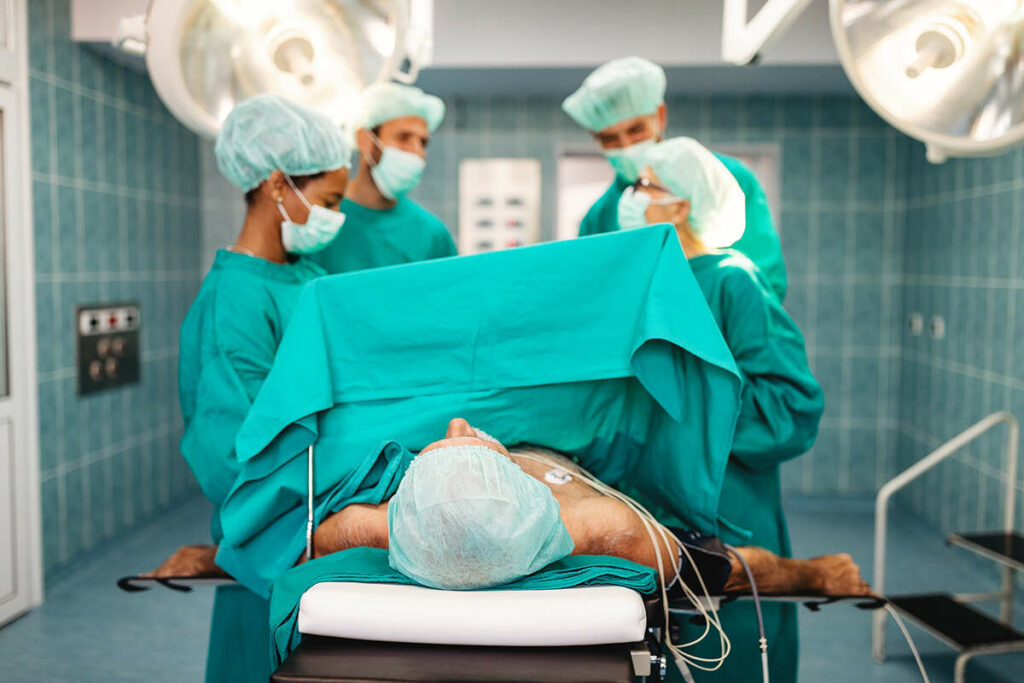
From preoperative preparations to the actual surgery, and postoperative care, understanding these stages can help alleviate any apprehensions about the procedure.
Preoperative Preparations
Before undergoing testicular prosthesis surgery, patients need to take certain preoperative measures. These include:
- Administration of preincision antibiotics
- Soaking the implant in bacitracin solution
- Anesthetizing the patient
- Conducting routine tests such as a physical examination, blood, and urine analysis.
Assessing the medical history is a vital step as it can determine the suitability of a testicular prosthesis, given that various medical conditions, such as connective tissue disease, and surgical approaches may be relevant.
During Surgery: The Surgical Team’s Role
The surgical procedure of testicular prosthesis implantation involves a team of professionals, including urologists, surgeons, and medical professionals trained in surgical prosthetic urology. They play a crucial part in determining the suitable implant size for a saline filled testicular prosthesis by overfilling the prosthesis with saline to the predetermined volume before the surgery.
The team follows safety protocols, for instance, changing gloves before handling the implant and cleansing the wound after placing the implant.
Postoperative Care and Recovery
Post-surgery, during the recovery phase, patients are required to adhere to specific care instructions and precautions to ensure a smooth recovery. These include:
- Showering 48 to 72 hours after surgery with care to avoid scrubbing the incision
- Delicately drying the incision
- Abstaining from driving for 1 to 2 weeks
- Following the doctor’s postoperative instructions diligently
Pain and discomfort can be effectively managed by adhering to the pain medication regimen prescribed by the healthcare provider and implementing the recommended treatments to alleviate swelling and discomfort in the groin and scrotal area.
Long-Term Considerations: Living with a Testicular Implant
Beyond the immediate aftermath of the surgery, there are several long-term considerations to keep in mind when living with a testicular implant. From the durability and lifespan of the implant to potential lifestyle adjustments and the importance of regular follow-ups, these factors play a key role in the overall satisfaction and quality of life of the patient.
Durability and Longevity of the Implant
Testicular implants are designed to be a long-term solution and have been known to last for many years. While the expected lifespan is uncertain due to individual variability, they generally do not require replacement unless a complication occurs.
The durability of a testicular prosthesis can be assessed by evaluating the firmness of the implant. Solid silicone implants, including silicone breast implants, typically have a firmer texture than the natural testis, while gel-filled or saline filled testicular implants exhibit varying levels of firmness as determined by clinical measurements.
Lifestyle Adjustments After Surgery
After testicular prosthesis surgery, patients may need to make minor adjustments to their daily activities and exercise routines. They are advised to refrain from engaging in strenuous activities and significant physical exertion to minimize the risk of putting strain on the surgical incisions.
Patients can typically resume gym or light physical activities 2-3 days post-procedure if they are experiencing comfort and are free of pain. However, it is advisable to refrain from sports and vigorous physical activities for a period of 1 month after the surgery.
Follow-Up and Ongoing Care
Regular follow-up is crucial for patients with a testicular prosthesis. The follow-up visits usually involve routine exams, such as:
- Physical examination
- Scrotal ultrasound
- Computed tomography (CT) scans
Additionally, patients can conduct self-examinations to monitor the implant for any changes in:
- size
- shape
- texture
- presence of lumps
- swelling
- changes in the texture of the scrotum.
Patient Voices: Testicular Prosthesis Experiences Shared

Hearing directly from individuals who have undergone the procedure can provide valuable insights and a personal perspective. Patients who have undergone testicular prosthesis surgery typically express high satisfaction and maintain positive attitudes towards the procedure.
However, experiences can vary widely, with some reporting high levels of satisfaction and psychological comfort, while others may experience discomfort and encounter mechanical issues such as improper positioning or sizing of the implant.
Making the Decision: Is a Testicular Prosthesis Right for You?
Deciding whether a testicular prosthesis is the right choice for you involves considering several factors, including personal preferences, medical history, and financial considerations. Personal preference is a significant factor in the decision-making process for a testicular prosthesis, with both the surgical technique and implant choice tailored to accommodate personal preferences.
Assessing the medical history is a vital step as it can determine the suitability of a testicular prosthesis, given that various medical conditions and surgical approaches may be relevant. Financial considerations can heavily influence the decision to undergo testicular prosthesis implantation, as the cost of the prostheses can vary and may require out-of-pocket expenses if not covered by insurance.
Summary
Testicular prostheses offer a viable solution for individuals who have lost a testicle due to medical conditions or injury. While they carry a host of benefits, including aesthetic enhancement, psychological uplift, and a high degree of customization, potential drawbacks such as surgical risks, absence of functionality, and financial considerations also need to be taken into account. Thorough understanding of the implantation process, long-term considerations, and patient experiences can provide valuable insights into life with a testicular prosthesis. Ultimately, the decision to undergo a testicular prosthesis implantation is a deeply personal one that should be made after careful consideration of all relevant factors.
Frequently Asked Questions
Is it worth it to get a prosthetic testicle?
Yes, it can be worth getting a prosthetic testicle as it can increase self-esteem, especially in younger or single individuals. Multiple studies have shown that it is mainly for cosmetic reasons, and can have psychological benefits.
What are the benefits of testicular implants?
Testicular implants can be beneficial for men born without a testicle or those who have lost one due to injury or illness, as they help improve appearance and address psychological concerns, but they do not function like a real testicle. These prostheses are helpful in creating a more normal male body image and relieving psychological stress in males with a missing testicle.
What are the potential risks associated with testicular prosthesis surgery?
The potential risks of testicular prosthesis surgery include infection, shifting of the prosthesis, and deflation. It’s important to be aware of these risks and discuss them thoroughly with your doctor before undergoing the procedure.
What adjustments might be needed in my lifestyle after the surgery?
After surgery, it’s important to avoid strenuous activities and physical exertion to reduce strain on the incisions and promote healing.




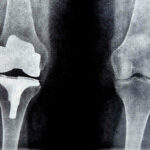
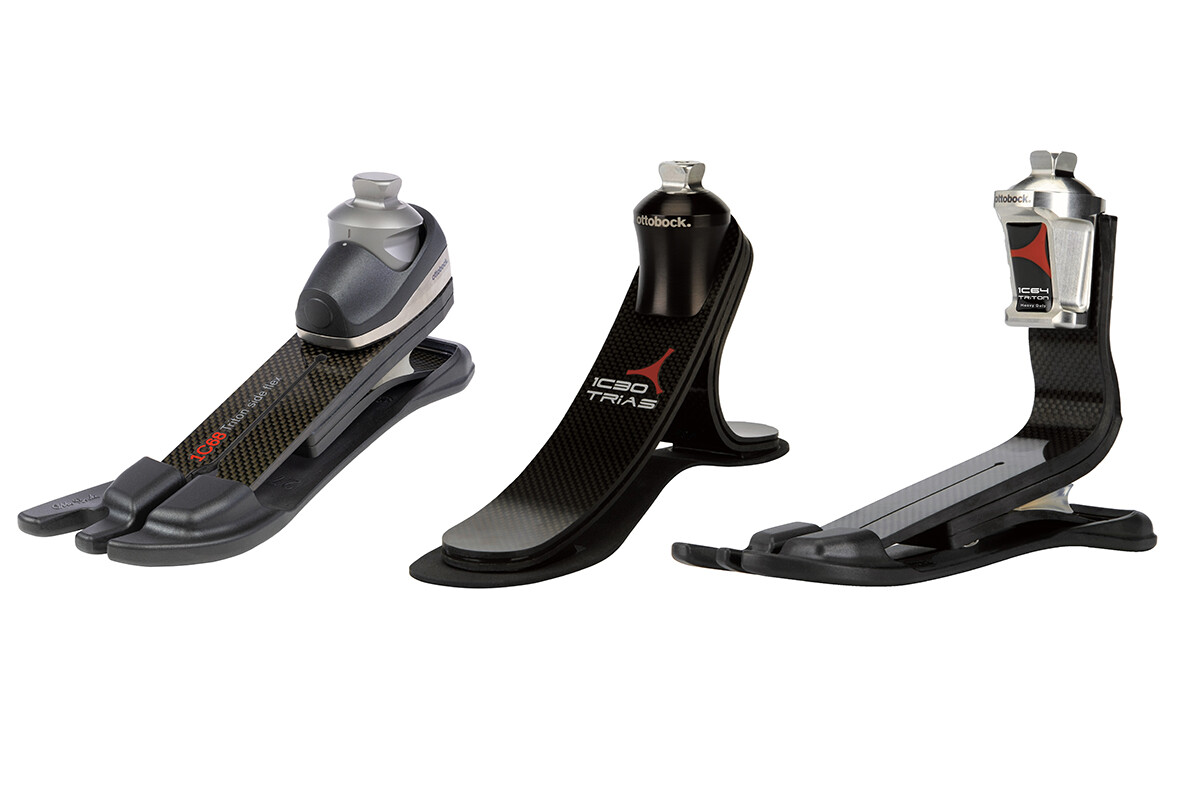
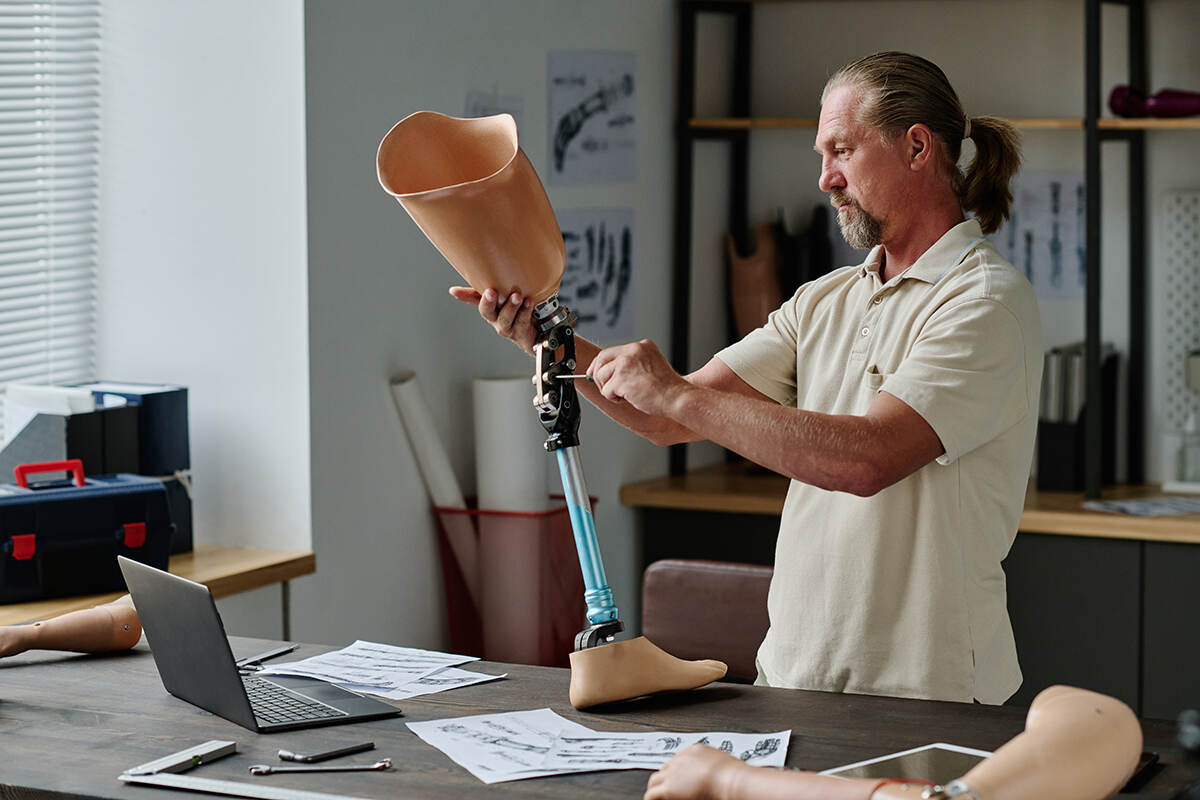
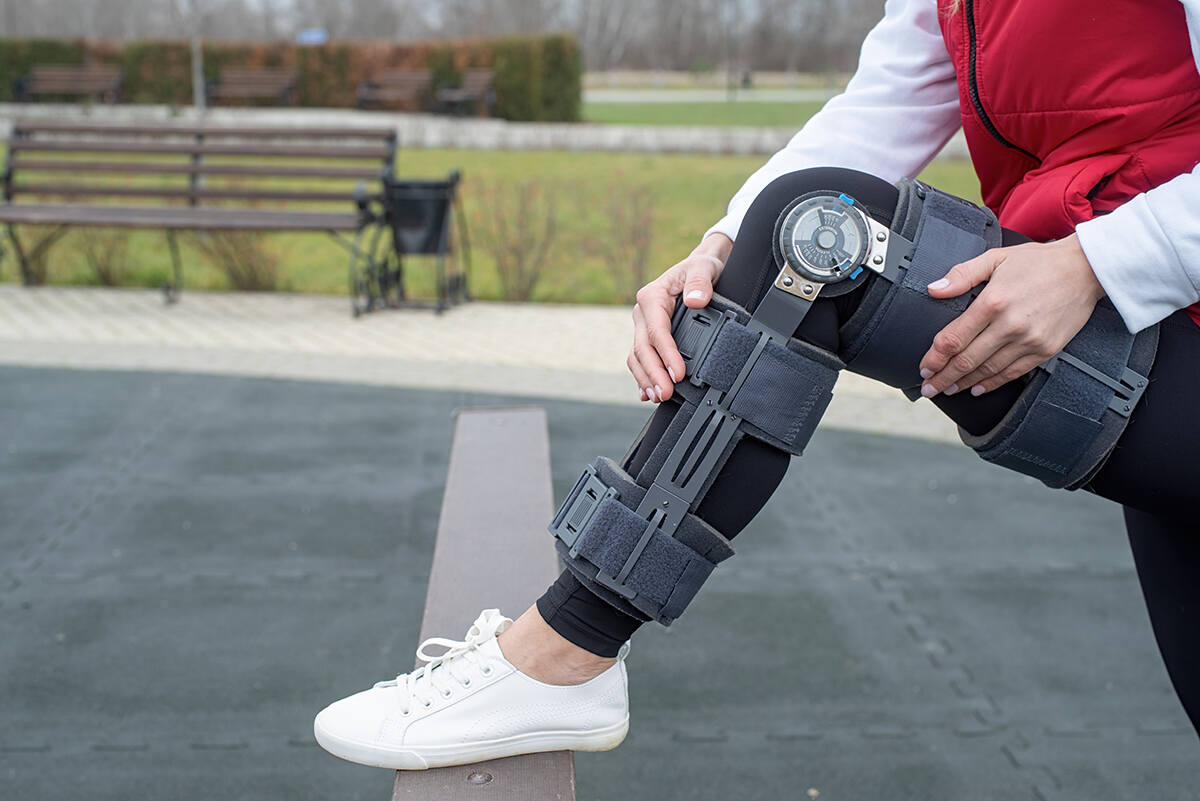
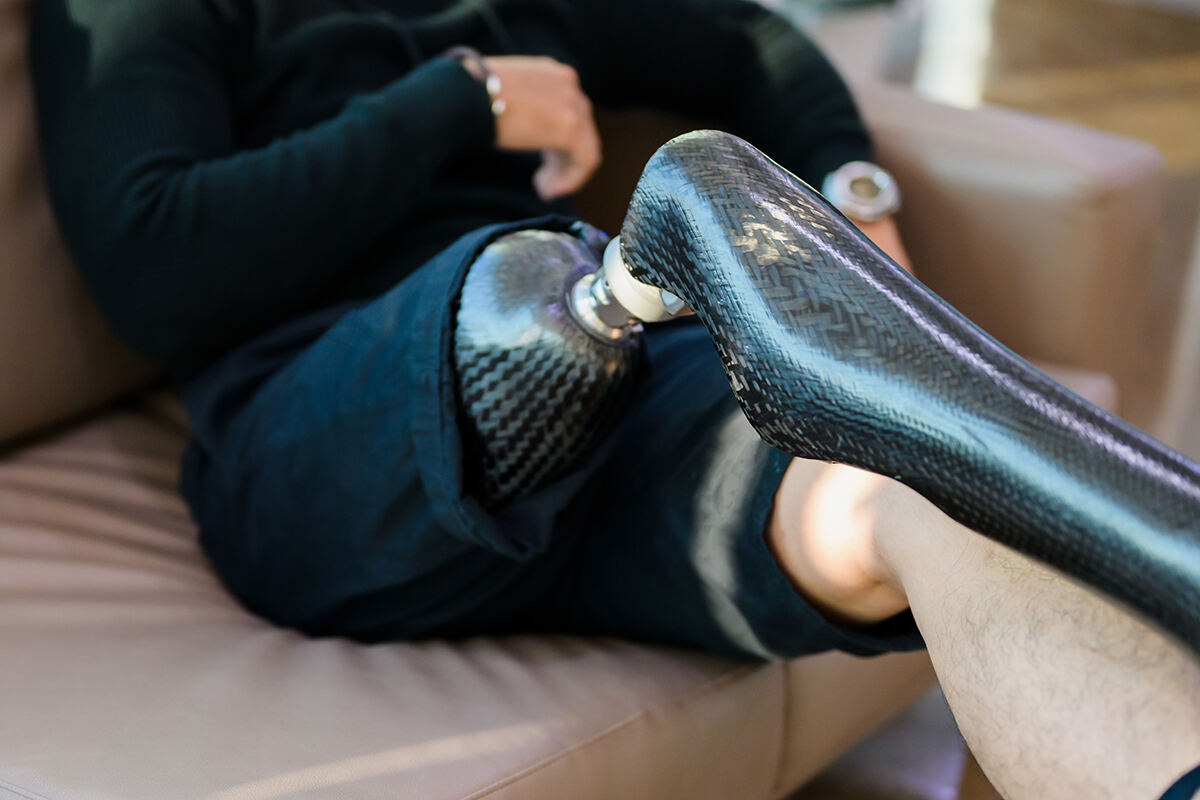

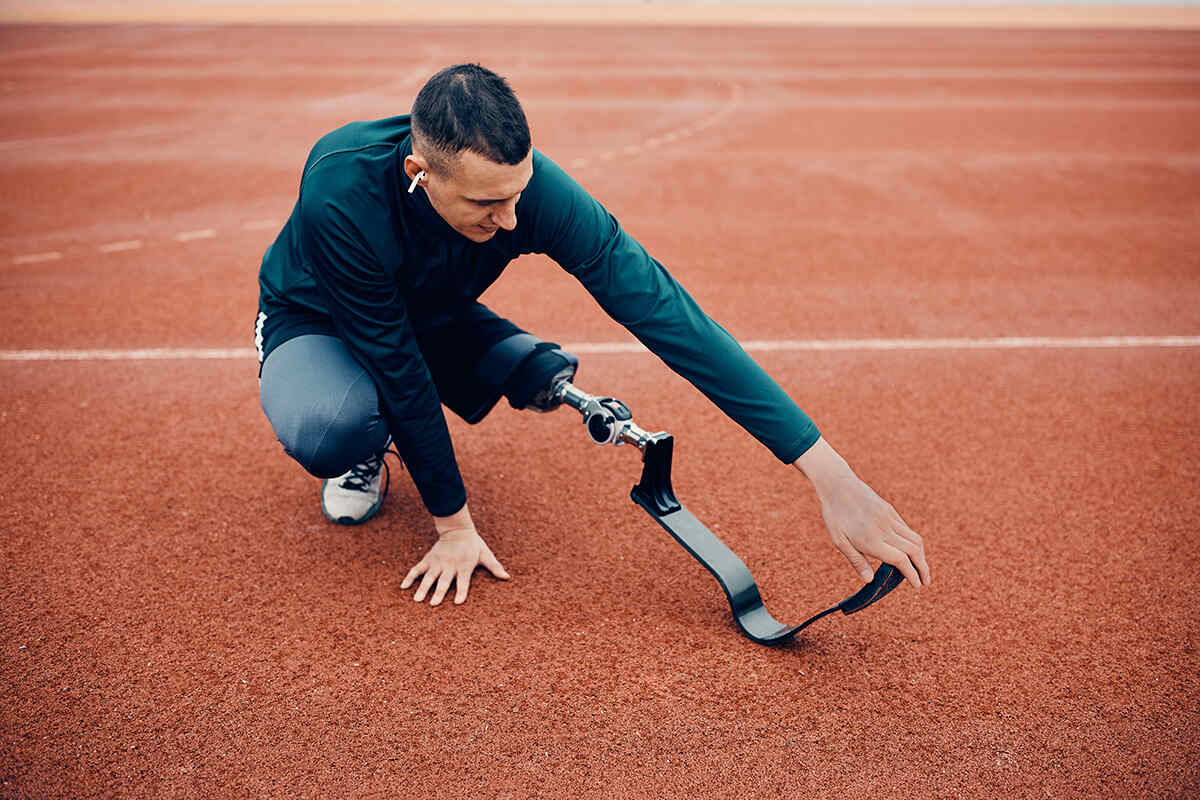
Leave a Reply
You must be logged in to post a comment.